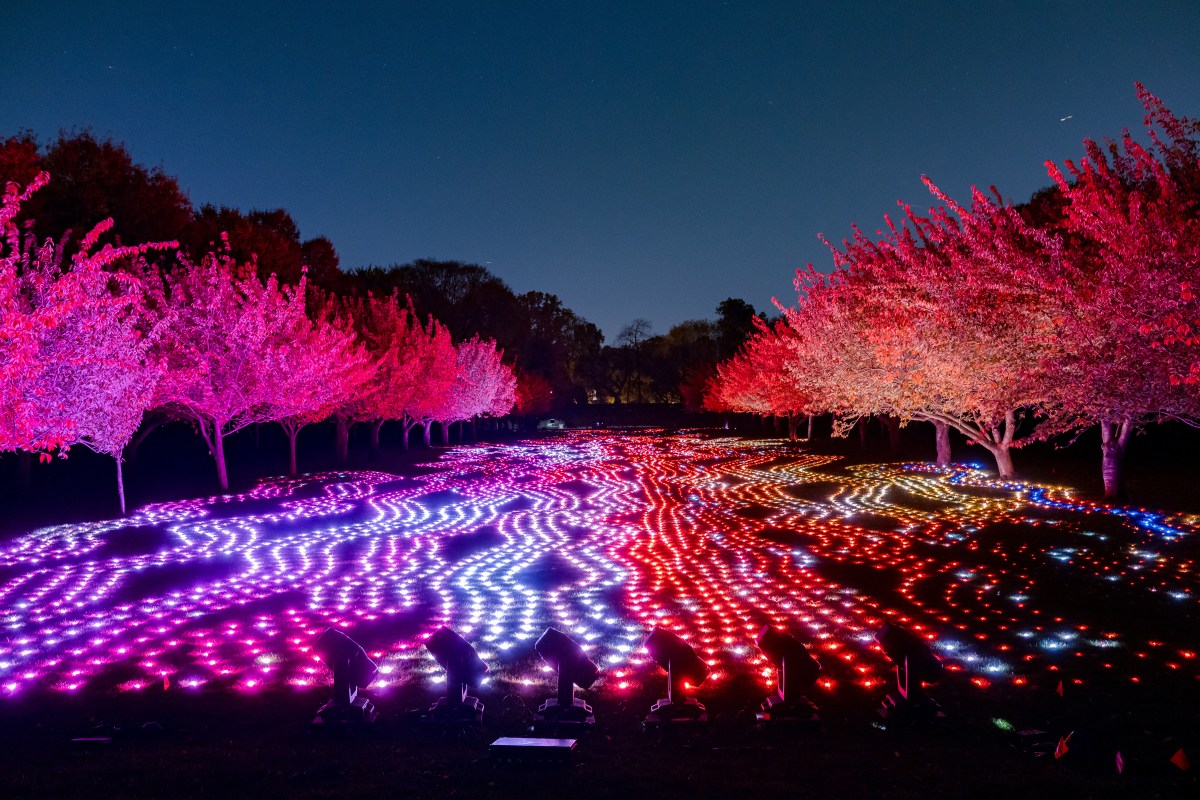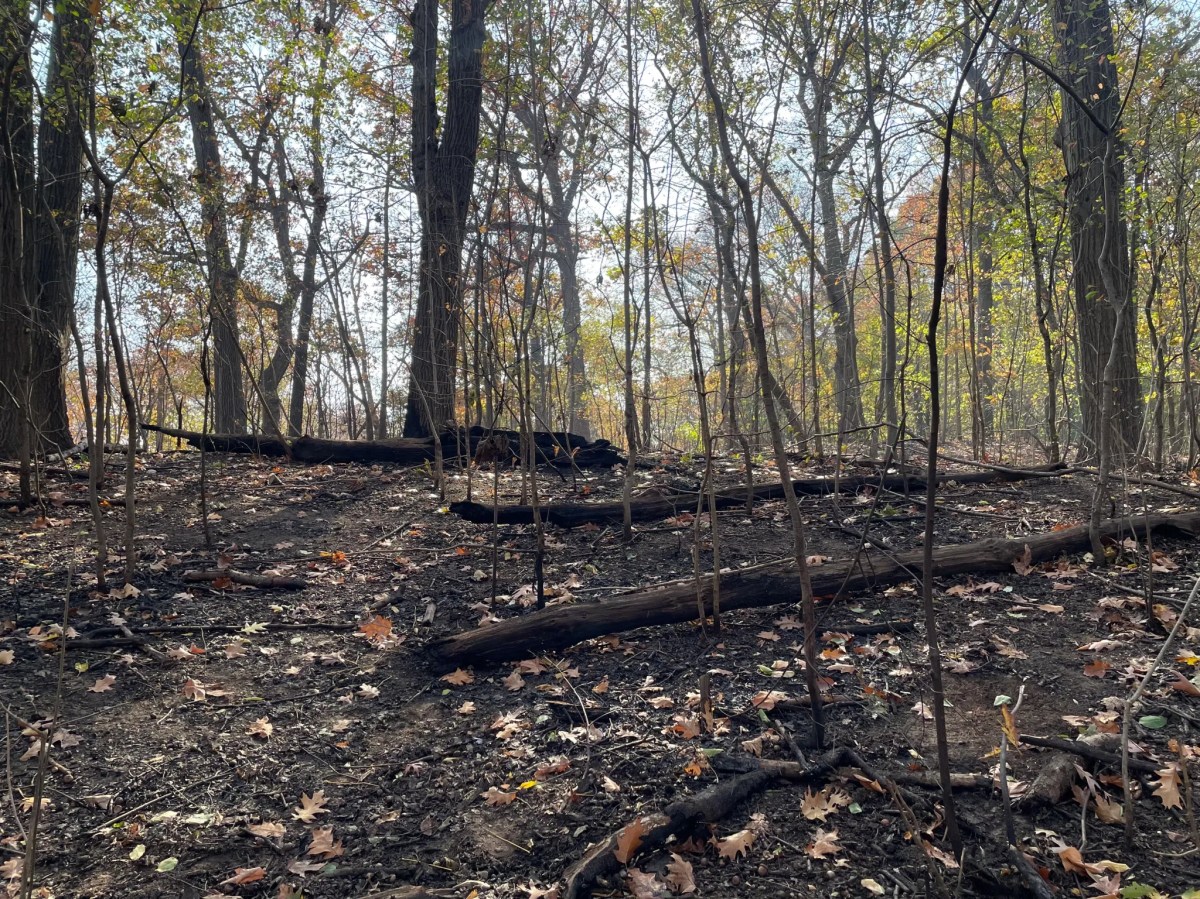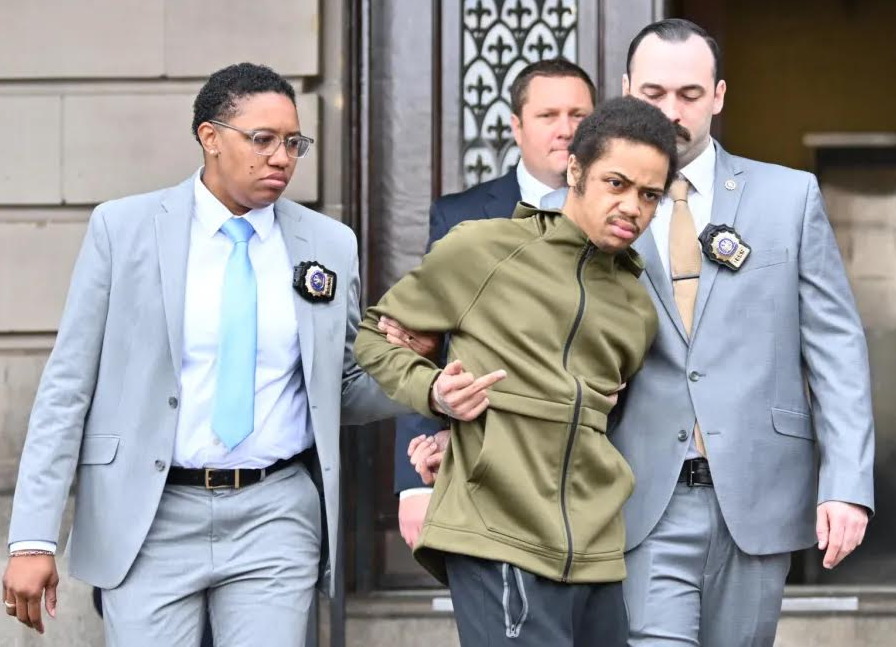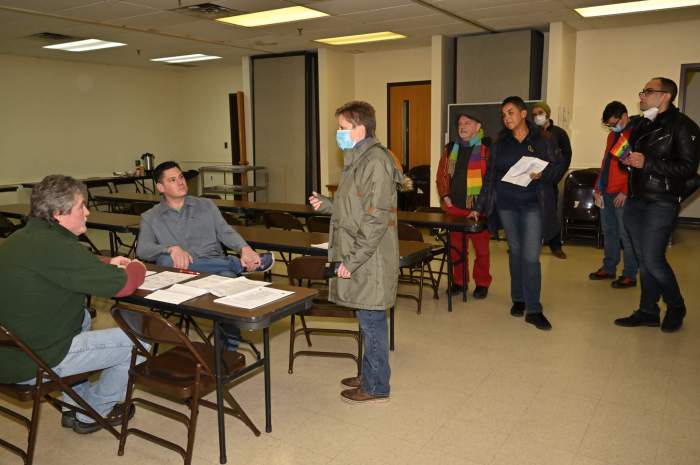BY SCOTT STIFFLER
Documentarian on poetry, porn, pugilists
High atop a perch in Pennsylvania, the pioneer spirit and cowboy aesthetic lives on at a camp where log cabins dot the landscape, chickens roam, tourists flock, megaton boulders sit and roosters (bird and man variety) crow. Lucky for us, an early-era digital documentarian got it all down on tape. Primitive tape.
Made on the first Sony Portapak, “muddy black and white” doesn’t begin to describe the distant quality of Anton Perich’s recently rediscovered video footage — and “muffled” doesn’t do justice to the inconsistent sound quality. But what it lacks in production values, it makes up for in star power.
Other than the filmmaker, the last people to have seen what is now “Muhammad Ali, The Long-Lost Movie” were those rare birds who came across excerpts on Manhattan Cable Public Access in 1973-1974. The audience could have easily mistaken it for rapidly decaying footage unearthed from a 1950s time capsule — were it not for the presence of that 1970s icon who dominates the frame (even when he’s sitting off to the left). Whether reciting poetry, engulfed by a mob of doting kids or shadow boxing around the four corners of a boxing ring, here is the unmistakable fighter in his glory and in his prime.
I like your interview
And I like your style
But your camera’s so cheap
I won’t talk to you for a while
As poetry goes, Ali’s no Thoreau. But as an articulate back-to-nature-lover, he sure gives Henry David a run for his money — and although the poet of Walden Pond may have appreciated butterflies and bees, chances are he rarely if ever floated and stung like them. Ali did — with an artistry and grace that tore Anton Perich away from filming NYC’s Downtown avant-garde brigade (Taylor Meade, Candy Darling) to visit the fighter’s Deer Lake, Pennsylvania training camp several times between 1973 and 1974. The footage he shot (apart from those public access airings of Ali’s poetry) sat in a box until 2010 — when the half inch reel to reel footage was digitized by Sony and cut by Perich into its present form.
Documenting an athlete was an unexpected departure for Perich, who says he was drawn to the boxer’s dance-like moves in the ring and eagerness to share his poetry. Back then, Perich was much more concerned with expanding the palette of what could be found on the old idiot box (his public access show was famously censored for content).
Perich (who lived in NYC from 1970-1980) recalls, “I was working for Andy Warhol’s Interview Magazine and doing my public access show. In the ’70s, my main work was my comedies. Not pornographic — but the fact that I put really poor quality black and white video images of poor taste on television made it pornographic. My friends were showing their works in galleries. But in 1973, television was the last taboo artists were facing. It was still pure, pristine, old-fashioned; not avant-garde at all. I saw a possibility to play my wild videos on television.” Although the passage of time has tamed that content, you can find some still-wild videos on YouTube (about 30 hours of video footage, with more of his 200+ hours being added all the time).
Which brings us back to why Perich was drawn to that Pennsylvania training camp over and over again. Although his documentary has not a whiff of scandalous Downtown NYC debauchery, the filmmaker’s kinship with Ali flows from his desire to show another side of the world-class bragger and brawler: “This film is about watching an athlete, a poet, and a philosopher, a dancer and choreographer — the first and last fine artist of boxing, and an adorer of children. It also captures the champion’s sense of humor. His training camp was really great. He did it for children, for young fighters. You could go there any time and find someone playing in the gym, someone boxing. I loved the idea of his camp. He put giant boulders all around it. He kept them clean, gave them names. I thought it was a really great conceptual sculpture. This movie, I know it’s too long…but it’s like being with Ali for two hours, I feel like this is Ali’s home movie.”
This screening coincides with the debut of Anton Perich’s “Current Electric”— a new series of electric paintings and video on display through July 3 at Microscope Gallery (4 Charles Place; Bushwick, Brooklyn). Hours: Thurs-Mon, 1-6pm or by appointment. For info, call 347-925-1433 or visit microscopegallery.com.
































